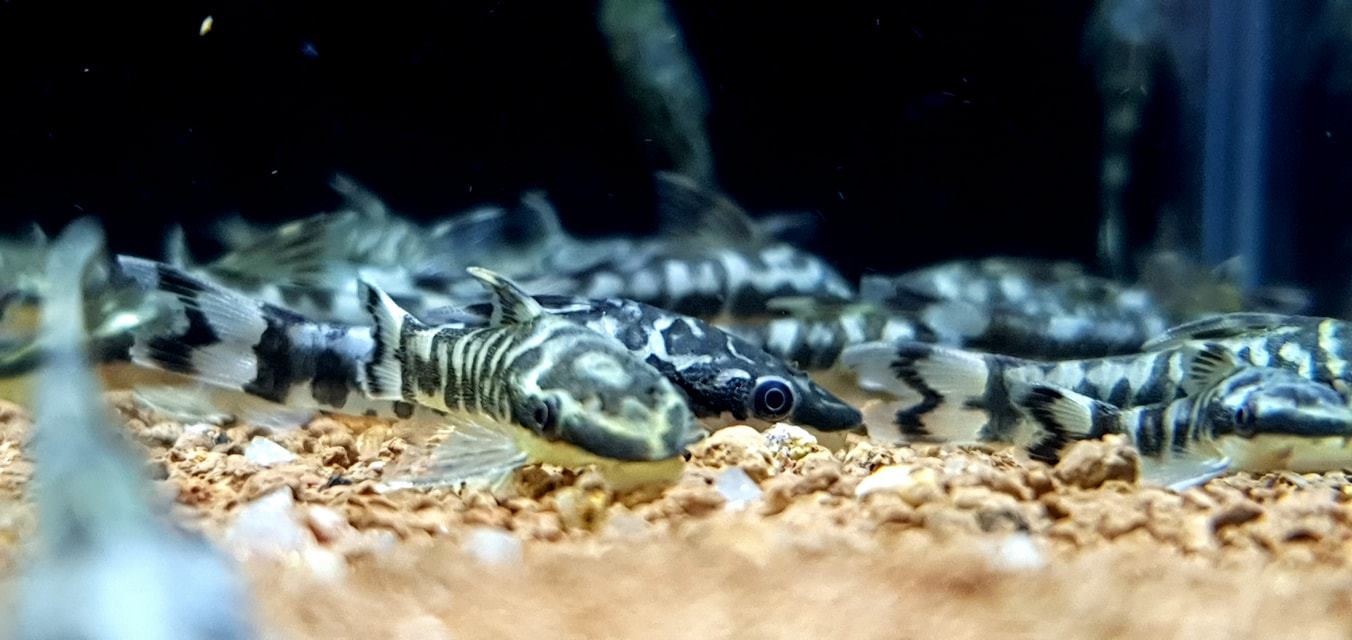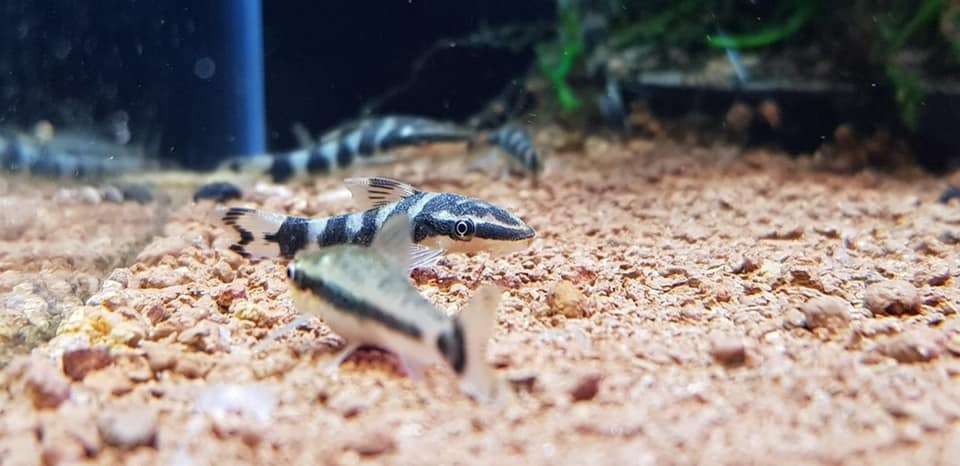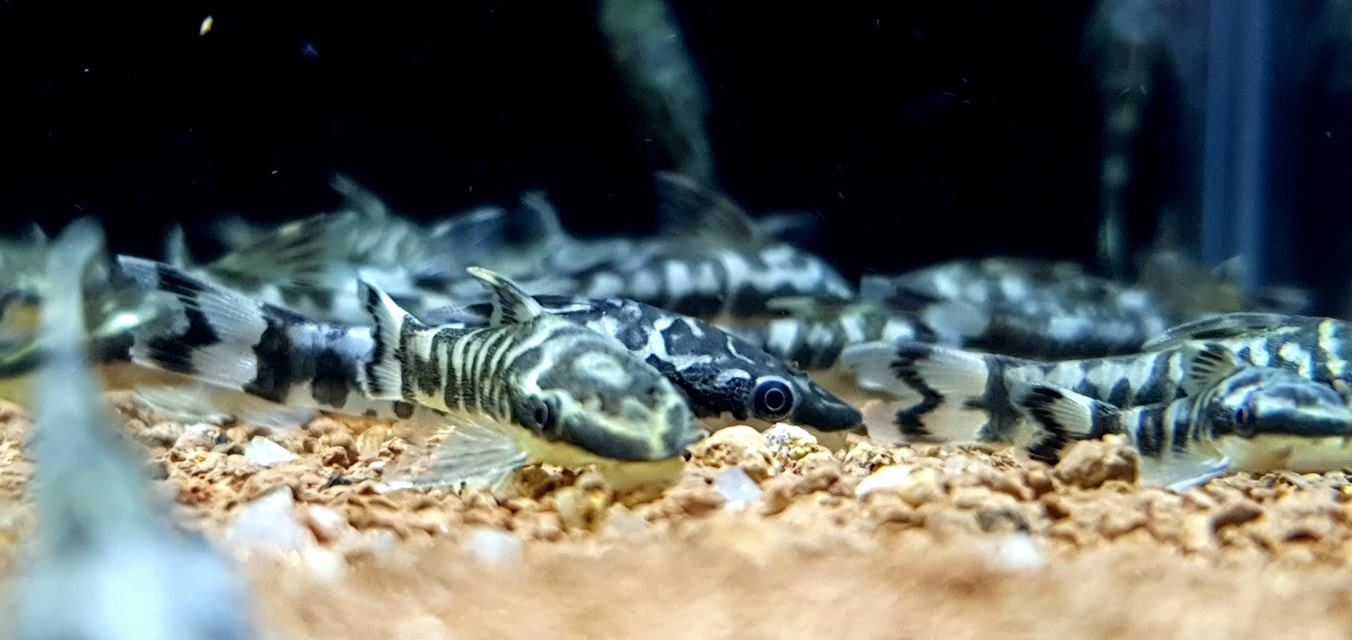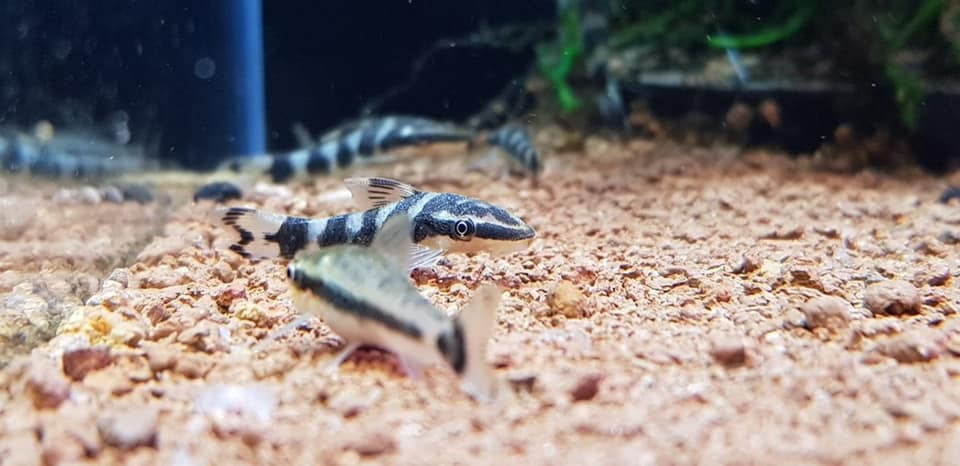1
/
of
2
Aquatic Avenue Online Store
Zebra Otocinclus
Zebra Otocinclus
Regular price
$16.00 SGD
Regular price
Sale price
$16.00 SGD
Unit price
/
per
Couldn't load pickup availability
Keeping a zebra oto (zebra otocinclus) healthy requires creating an environment that closely mimics its natural habitat. Here’s a guide to care for these beautiful fish:
1. Tank Setup
- Tank Size: A minimum of 10 gallons for a small group (they prefer to be in groups of 3-6). Larger tanks are better for stability.
- Substrate: Fine sand or smooth gravel to protect their sensitive undersides.
- Decorations: Use driftwood, rocks, and live plants (like Java moss, Anubias, or Amazon swords) to mimic their natural habitat and provide hiding spots.
- Lighting: Moderate lighting is sufficient. Too much light can promote algae growth, but otos enjoy nibbling on algae.
2. Water Parameters
- Temperature: 72–78°F (22–26°C).
- pH: Slightly acidic to neutral, around 6.5–7.5.
- Hardness: Soft to moderately hard water, 4–12 dGH.
- Filtration: Use a gentle filter to maintain water quality without creating strong currents.
- Water Changes: Perform weekly water changes of 25–30% to keep nitrates low.
3. Diet
- Primary Food: Algae is their natural diet, but ensure there’s a steady supply without over-relying on natural tank algae.
- Supplement: Provide algae wafers, blanched vegetables (like zucchini, spinach, or cucumber), and high-quality sinking foods.
- Avoid: Overfeeding, as uneaten food can pollute the tank.
4. Tankmates
- Choose peaceful, non-aggressive tankmates like tetras, rasboras, guppies, and shrimp.
- Avoid cichlids or large aggressive fish that may harass them.
5. Behavior and Social Needs
- Group Living: Zebra otos are social and thrive when kept in small groups of their own species.
- Activity: Mostly active during the day, spending time grazing on surfaces.
6. Health Monitoring
- Look out for signs of stress, such as erratic swimming, loss of appetite, or dull coloration.
- Quarantine new additions to prevent the spread of diseases.
7. Special Considerations
- Otocinclus are sensitive to water quality; maintain stable and clean conditions.
- Ensure adequate oxygenation in the tank.
By following these guidelines, you can create a healthy and enriching environment for zebra otos to thrive.
Share




